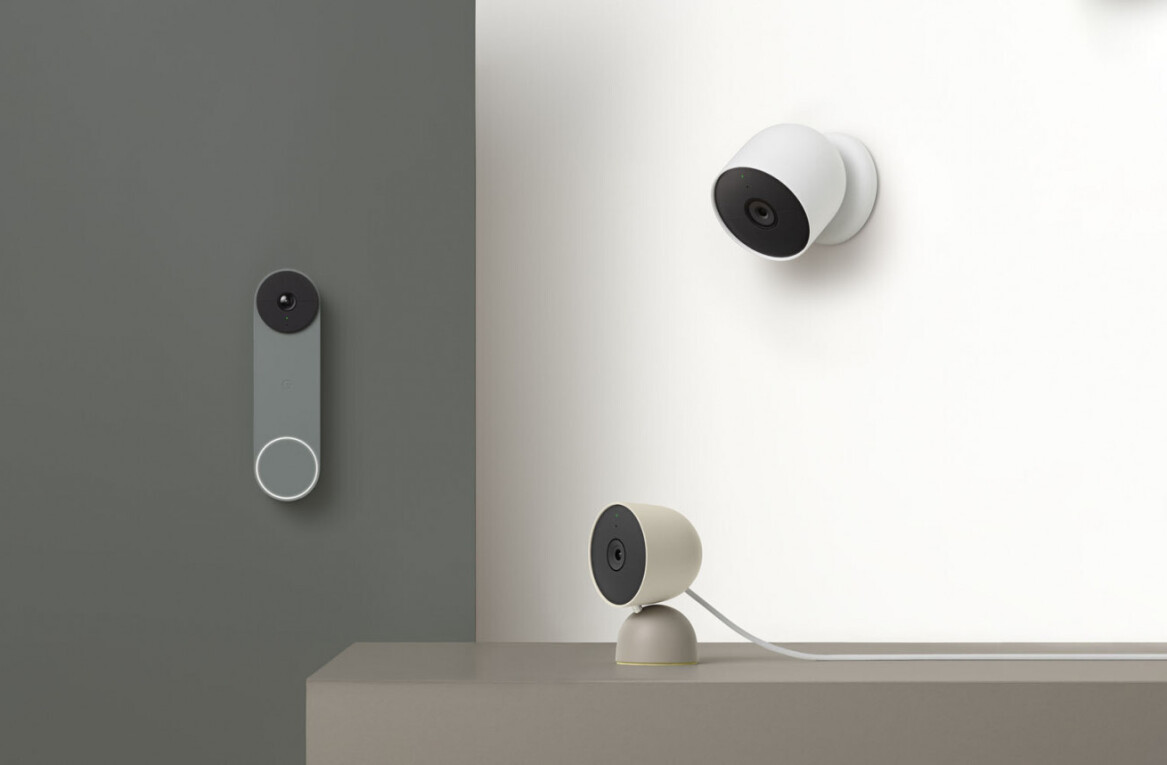
If you’ve ever bought a laptop, smartphone or tablet, you’ve likely been more than a little perturbed at the usable baked-in storage space compared to what you thought you were getting. Remember the furor around Microsoft’s Surface Pro 64GB tablet that shipped with a mere 23GB of actual usable storage?
This is an age-old issue with a number of factors to blame.
If you’re buying a laptop with a ‘128GB’ hard drive, for example, you’ll always receive less than that – one of the reasons being that when this 128GB was calculated, it used a rounder decimal system that equates a single gigabyte with one thousands megabytes. In the binary world of computers, however, this isn’t exactly correct, and the upshot of this is that the bigger the hard drive the larger discrepancy there typically is between the advertised hard drive space and actual figure.
However, that’s only part of the problem. Most machines ship with a tonne of software, bloatware, crapware and other kinds of ‘ware’, while the built-in operating system and associated back-up files represent much of the pre-consumed hard drive space.
Transparency
The broader issue for many people is less about this discrepancy than it is about a lack of clarity and transparency on what you’re actually getting for your money. If you’re paying north of $1,500/£1,000 for a state-of-the-art, super-duper Ultrabook, surely it’s not unreasonable to have the full information at your disposal when making that buying decision? Well, it transpires it is VERY unreasonable to expect this kind of information. Bad you.
There is no easy way to find out how much usable hard drive space your PC ships with, without first digging deep into your coffers, ordering the machine and then double-clicking on that little ‘My Computer’ icon for yourself.
A recent endeavor to procure a new top-of-the-range laptop proved frustrating. Multiple telephone calls and emails to manufacturers and retailers revealed that nobody knows how much hard drive storage space you’ll actually get out of the box for a particular model. Or, at least, nobody was willing to go and unearth this information and divulge it.
In an age where you’re increasingly encouraged to buy online rather than go in-store, this is far from ideal. Even if your desired model does exist in-store somewhere, it’s only marginally more enlightening to pay a visit.
Currys/PC World, the preeminent UK high street electronics retailer, have a tonne of PCs lined across benches, inviting you to dig a little deeper into the inner-workings.
One Sony Ultrabook I looked at had a mere ‘58.8GB free of 103GB’ on a ‘128GB’ machine. A quick bit of mental arithmetic (okay, a calculator) tells me you’re only getting 45% of the advertised space here.

Another manufacturer’s Ultrabook ships with 65.5GB, which is 51% of the advertised 128GB space

This Acer machine ships with 69% of the advertised 256GB, which is a marked improvement on the other ones, but still significantly less than what’s labelled on the box.

However, this still only gives an idea of what you’ll actually get if you buy the machine. As a customer service representative told me, this isn’t a reliable method of finding out how much hard drive space you’ll receive:
“…[it’s not] as straightforward as simply checking a display model, since these are configured with additional software for demonstration purposes. As such, without knowing also the size of the display software, we can’t give an accurate answer.”
It’s really quite incredible that nobody is able to give someone an answer to what should be a straight-forward question. But more than this, why should a consumer jump through hoops to get an answer anyway? On any advert or spec-list, there should be a little asterisk next to that ‘128GB’ or ‘256GB’ that guides the readers’ eyes to the real number. Not some made-up figure that’s wrong.
I asked Dixons Retail, the parent company of Currys/PC World, if it would be feasible or likely at some point if they could work with manufacturers to include such information on products. It seems nothing is forthcoming, instead its support team are on hand to help you buy cloud-storage services if needed:
“Like all retailers we pass on the full potential specs of products that are supplied to us by manufacturers. The industry is consistent in communicating these specs, to ensure customers can make informed cross-comparisons between products.
Any bundled software is clearly detailed and will come installed on products for added convenience, but ultimately customers choose what they keep, uninstall or additionally install, impacting the usable space. Our Knowhow support and Cloud services are available to any customers who would like further guidance on storage, or extra storage space.”
But this leads us to one more key issue here, one that’s very much worth discussing.
Most machines are marketed with a ‘This PC can store’ message, divulging in real, meaningful terms what a hard drive is capable of holding. In this case, you can see 256GB can store 128,000 photos at 2MB each, 56,889 songs at 4.5MB or 103 hours of HD video at 2.5GB each.

However, this has been worked out based on the presupposition that the hard drive is actually 256GB. At no point will this PC ever be able store anywhere near the advertised number of photos, songs or videos, even if you were to delete all that crapware. And even without the operating system, the machine will have less than 256GB, though of course without an operating system the PC will be good for nothing.
There is no real defence of this kind of advertising, and the sooner manufacturers and retailers come together to fix this problem by revealing the true usable hard drive space, the better. It won’t require a massive amount of effort, but will go a long way towards helping consumers make better-informed buying decision.
Get the TNW newsletter
Get the most important tech news in your inbox each week.




